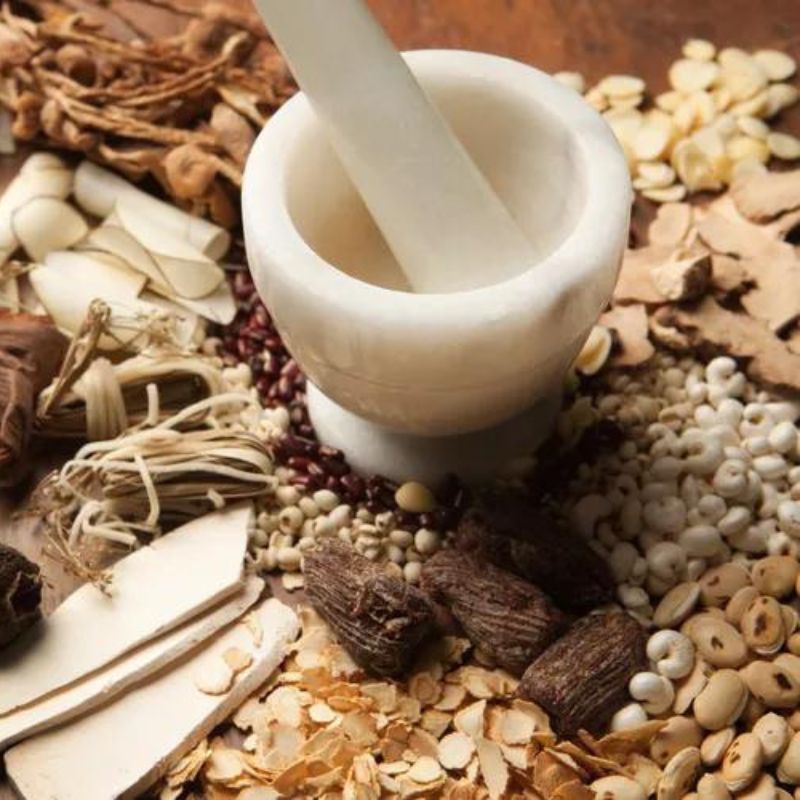

Traditional Chinese Medicine (TCM) is a holistic approach to treating a person’s mental and physical health problems. It developed thousands of years ago, and its core practices have changed little since then.
Traditional Chinese medicine is based on the theory that sickness stems from an imbalance in a person’s life force energy (known as qi). The goal of TCM is to restore harmony within an individual and balance the forces of yin and yang, which are components of qi.
Eastern medicine vs. western medicine
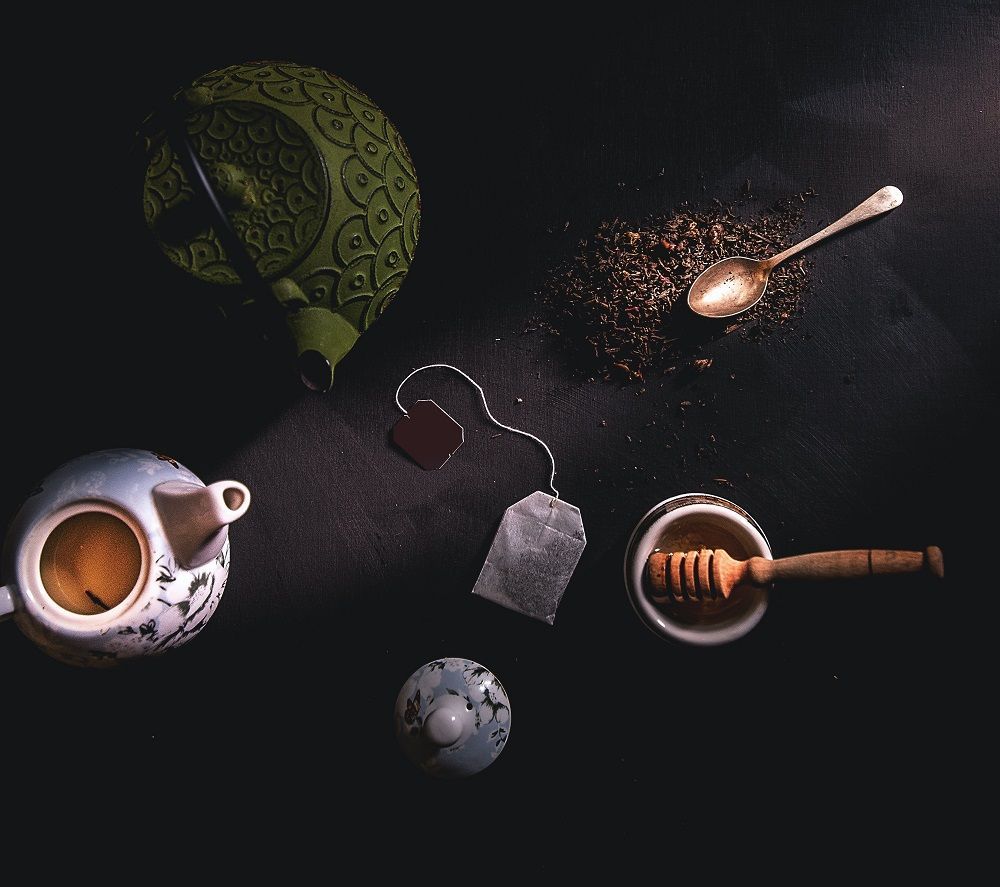
The differences between Eastern and Western medicine are defined by:
- How diagnosis works: Eastern medicine looks at the physical and energetic health of the whole person and their environment, not just isolated symptoms from structural or organ-related issues.
- How treatment is applied: TCM treatment is applied to balance qi, whereas Western medicine focuses on reducing or curing specific symptoms of diseases.
- Methods of discovery: Eastern medicine uses a range of methods, including observation, trial-and-error, and clinical research. Western medicine is focused on the scientific method for testing specific ideas to see if they work.
The early history of traditional Chinese medicine
The earliest writings attributed to traditional Chinese medicine are attributed to the Shang dynasty and date back 3,000 years. Etched into tortoiseshell and bone, the writings describe the concept of qi, defined as circular movement in the body. It also describes xue, or blood. These texts describe how excess, deficiency, or stagnation in the movement of qi and/or xue can lead to imbalance and poor health.
What is Chi?
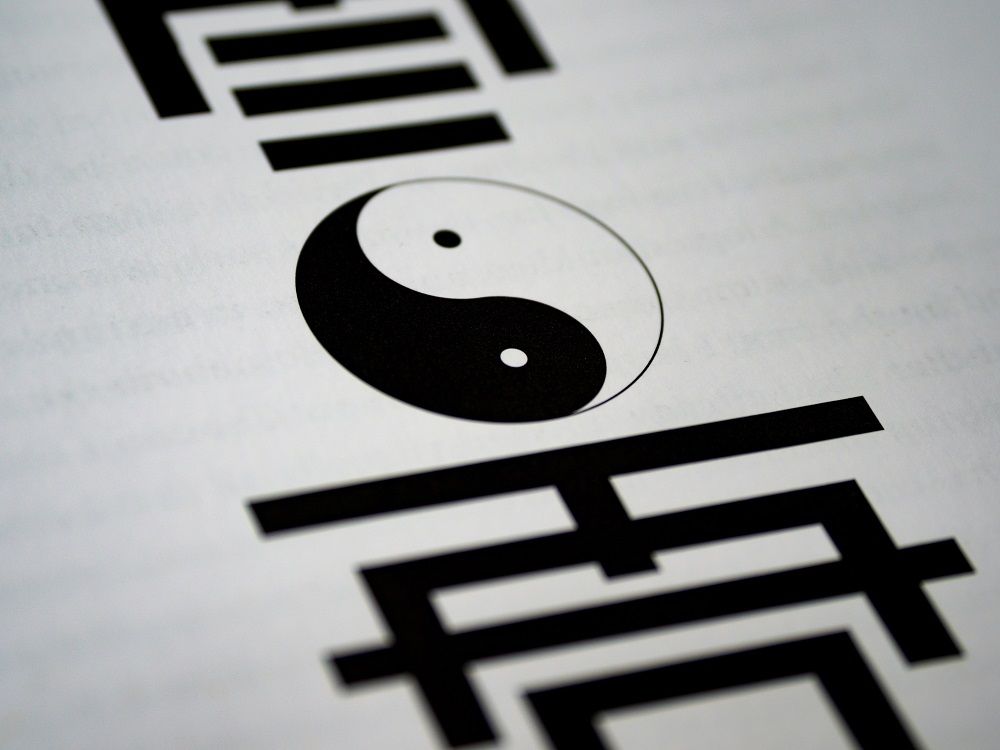
Chi is the English word for qi. It represents the concept of the “vital life force” existing both inside and outside of the body. Qi is described as a force that composes and binds all things in the universe together.
Chi is made of two branches that can impact health. One branch is all about what we take into our body (breath) and the other is about what flows through our body (blood). TCM practitioners also think of blood as an energetic concept.
These two branches can be considered complementary opposites or yin and yang. According to traditional Chinese medicine, an imbalance between our internal state and the external world creates illness.
Balancing Yin and Yang
Balancing yin and yang is the goal of any TCM treatment. TCM works from the understanding that balance is achieved by creating harmony between internal organs and external elements of earth, fire, water, wood, and metal.
List of healing techniques
The following techniques are all meant to help a person regain balance and promote harmony between yin and yang:
Acupuncture
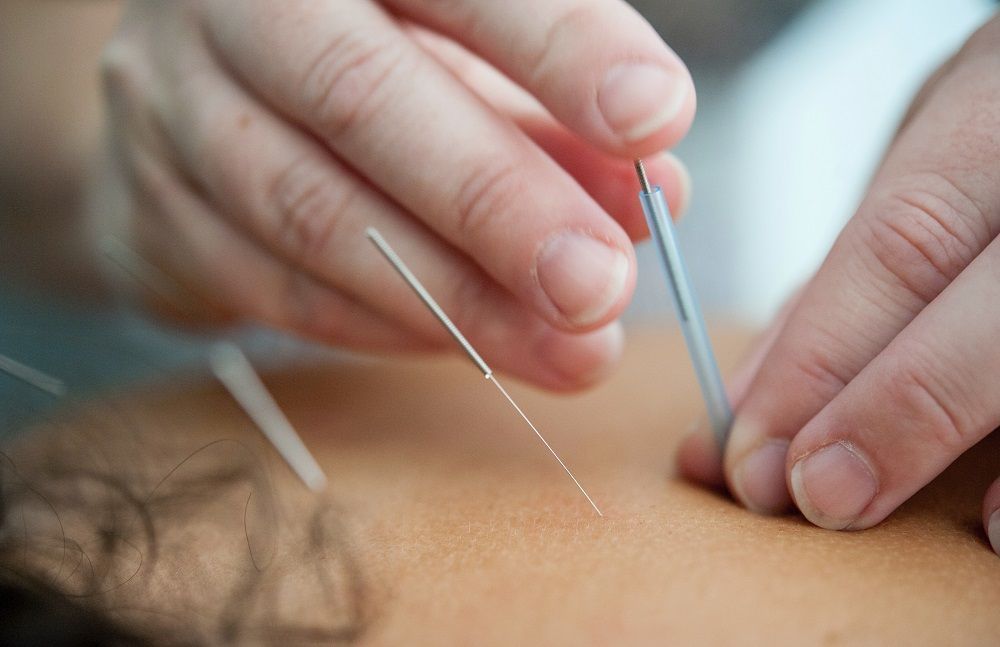
Acupuncture is when a practitioner stimulates specific points on the body by inserting thin needles through the skin. It is one of the most well-evidenced methods used in traditional Chinese medicine, although study results do vary.
Clinical research reviews suggest acupuncture helps the body release natural painkillers and may be effective in helping reduce symptoms in patients with chronic (ongoing) pain.
Tai chi
Tai chi is a type of gentle and slow exercise that includes body movement and focused breath work. It has been described as “meditation in motion” and “medication in motion.”
While it was originally a form of martial arts, it has been adapted into the TCM umbrella of techniques as means of encouraging the proper flow of qi and promoting balance between yin and yang.
Cupping
In cupping, also called cupping therapy, a practitioner uses warm glass jars that create suction on the skin on certain body areas (usually the back, stomach, arms, and legs).
Cupping pulls your skin into the jar, breaks open tiny blood vessels beneath the skin, and works by creating this setting for blood to flow to the area and stimulate the injury-healing process. More research is needed to confirm exactly how it works and how effective it is in helping with chronic pain, high blood pressure, and other ailments.
Herbs

Herbs are used in traditional Chinese medicine to treat the whole person and their symptoms. Herbs are prepared in capsule form, teas or extracts, and powders, in traditional or custom formulas. Herbal remedies are unlike pharmaceuticals used in Western medicine, which target specific disease symptoms. Many herbs may help with hard-to-diagnose or -treat syndromes, including allergies, infertility, and menopause.
Before starting any herbal supplement, check with your healthcare provider to make sure it’s right for you and it doesn’t interfere with any medications you may already be taking.
Ensuring safety
Traditional Chinese medicine may have a longstanding history, but that doesn’t mean all methods are safe and without risk or that all people offering traditional Chinese medicine are qualified to do so.
For example, while herbs may be used effectively to treat certain ailments, these remedies may also cause serious side effects and contraindications with medications and other health conditions. Knowing what you’re taking when it comes to herbs is difficult due to a lack of standardized regulations and labelling practices.
Ensuring safety comes down to working directly with a qualified TCM practitioner.
Where to find a TCM practitioner
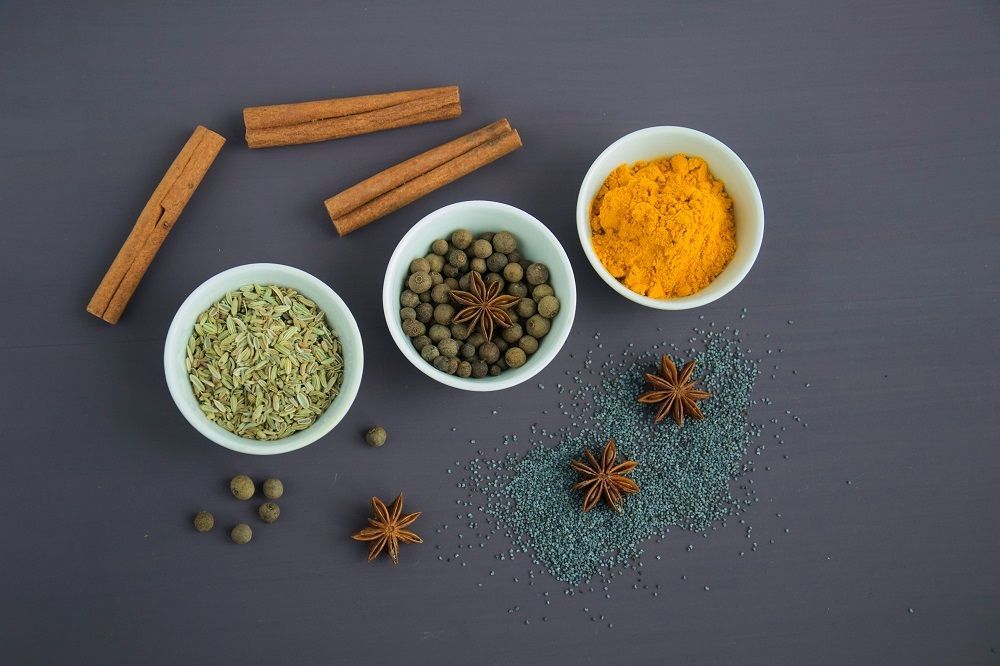
To find a TCM practitioner, consider going to the National Certification Commission for Acupuncture and Oriental Medicine (NCCAOM) website directory. Choosing someone from this directory ensures you will be working with someone who holds a recognized certification.
During your first visit
During your first visit, the practitioner will gather information. They will ask direct questions and check on “nonverbal elements” including your demeanour, voice, bodily sounds, complexion, and how your body moves.
They will also examine your tongue, take your pulse and temperature, and check areas for muscle tone and pain or discomfort near or around internal organs, as appropriate.
Consult your healthcare provider
For safety purposes, you’ll want to ensure your healthcare provider is up-to-date on which traditional Chinese medicine techniques you’re considering using and which ones you’ve decided to try. This is particularly true in cases of chronic illness, pregnancy, and where prescription medications are involved.
Summary
Traditional Chinese medicine techniques such as acupuncture, Tai Chi, cupping, and herbs have been used for thousands of years. Their goal is to help a person balance their vital life force known as qi. Qi is made up of yin and yang elements. While some methods may be helpful, TCM is not risk-free and should be applied only with the support of a qualified practitioner.
A word of wellness
Traditional Chinese medicine should not be used in replacement of Western medicine or to delay the possibility of treatment for serious disorders, infections, or the like. If you’re curious about what traditional Chinese medicine may offer, consider talking to your healthcare provider and a traditional Chinese medicine practitioner before trying any options at home.
This story first appeared on www.verywellhealth.com
(Credit for the hero an d featured images: YinYang / Getty Images)
© 2021. Health Media Ventures, Inc. . All rights reserved. Licensed from Health.com and published with permission of Health Media Ventures, Inc. . Reproduction in any manner in any language in whole or in part without prior written permission is prohibited.
Health and the Health Logo are registered trademarks of Health Media Ventures, Inc. Used under License.
The post A beginner’s guide to traditional Chinese medicine appeared first on Lifestyle Asia Hong Kong.

